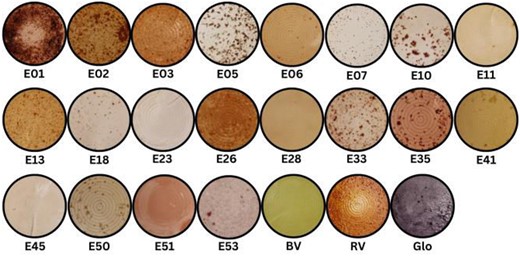We normally associate the color green with life on Earth, but in the search for alien life, this may not be the best indicator.
According to EurekAlert, a planet similar to ours orbiting another star could look very different and be covered in bacteria that use invisible infrared radiation to fuel photosynthesis.

On Earth, many of these bacteria contain purple pigments. Scientists argue that, on worlds where they are dominant, they could be able to produce a "fingerprint of light" detectable by the next generation of terrestrial and space telescopes of this color.
"Purple bacteria can thrive under a wide range of conditions, making them one of the main contenders for life capable of dominating a variety of worlds," highlighted Lígia Fonseca Coelho, from the Carl Sagan Institute (CSI). "Purple is the new green: biopigments and spectra from Earth-like purple worlds."
Scientists therefore believe it is necessary to create a database of signs of life to ensure that telescopes don't miss it if it doesn't look exactly like what we find around us.
In this study, the team is cataloguing the colors and chemical signatures that a wide range of organisms and minerals would show in the reflected light of an exoplanet.
Purple bacteria actually have a variety of colors including yellow, brown and red. They thrive on low-energy red or infrared light, using simpler photosynthesis systems and using forms of chlorophyll that absorb infrared and do not produce oxygen.
The team suggests it is very likely that they prevailed on the early Earth before the advent of plant-type photosynthesis, and may have been adapted for planets surrounding cooler red dwarf stars - the most common type in our galaxy.
After measuring the biopigments and light fingerprints of the purple bacteria, the scientists created models of Earth-like planets with varying conditions and cloud cover. In various simulated environments, the purple bacteria, both wet and dry, produced intensely colored biosignatures.
The detection of a "pale purple dot" in another solar system could trigger a set of observations of the planet to try to rule out other sources of color, such as colored minerals, which CSI is also cataloging.
Purple bacteria can survive and even thrive under countless conditions, so it's easy to imagine that, on many worlds, purple could even be the new green.
The scientific paper was recently published in the Monthly Notices of the Royal Astronomical Society.






